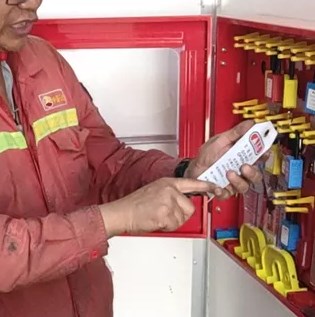Lockout/Tagout FAQs
Are there any scenarios where lockout/tagout does not apply to service and maintenance activities per standard 1910?
Per OSHA standard 1910, lockout/tagout does not apply to general industry service and maintenance activities in the following situations:
Hazardous energy is controlled completely by unplugging the machine from an electrical outlet as long as the employee(s) controlling the machine has complete control over the plug. Additionally, this only applies if electricity is the only form of hazardous energy to which the employee is exposed. This includes things like hand tools and some cord-connected machinery.
Hot-tap operations are performed on pressurized pipelines that distribute gas, steam, water or petroleum products. This applies if the employer shows that continuity of service is essential, shutting down the system is impractical, and the employee follows documented procedures and uses the necessary equipment for protection.
Minor tool changes or servicing is being performed. This includes routine and repetitive services integral to production that occur during normal production operations.
How can I determine if an energy-isolating device can be locked out?
According to OSHA, an energy-isolating device can be considered capable of being locked out if it meets one or more of the following criteria:
It’s designed with a hasp or other part to which you can attach a lock, like an electric disconnect switch;
It has a built-in locking mechanism; or
It can be locked without dismantling, rebuilding or replacing the energy-isolating device or permanently altering its energy-control capability. Examples of this include a lockable valve cover or circuit-breaker blockout.

Post time: Jun-22-2022






